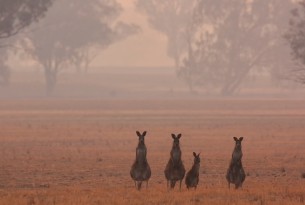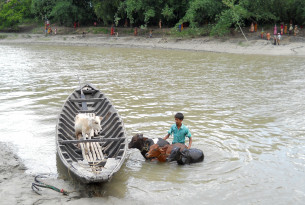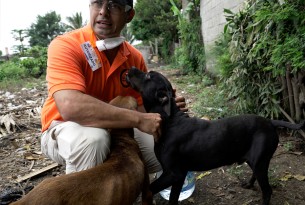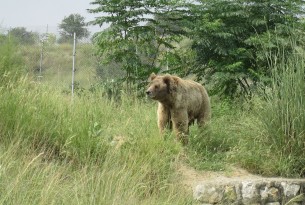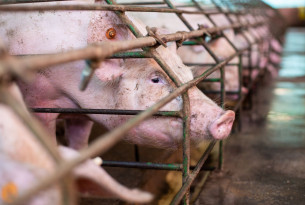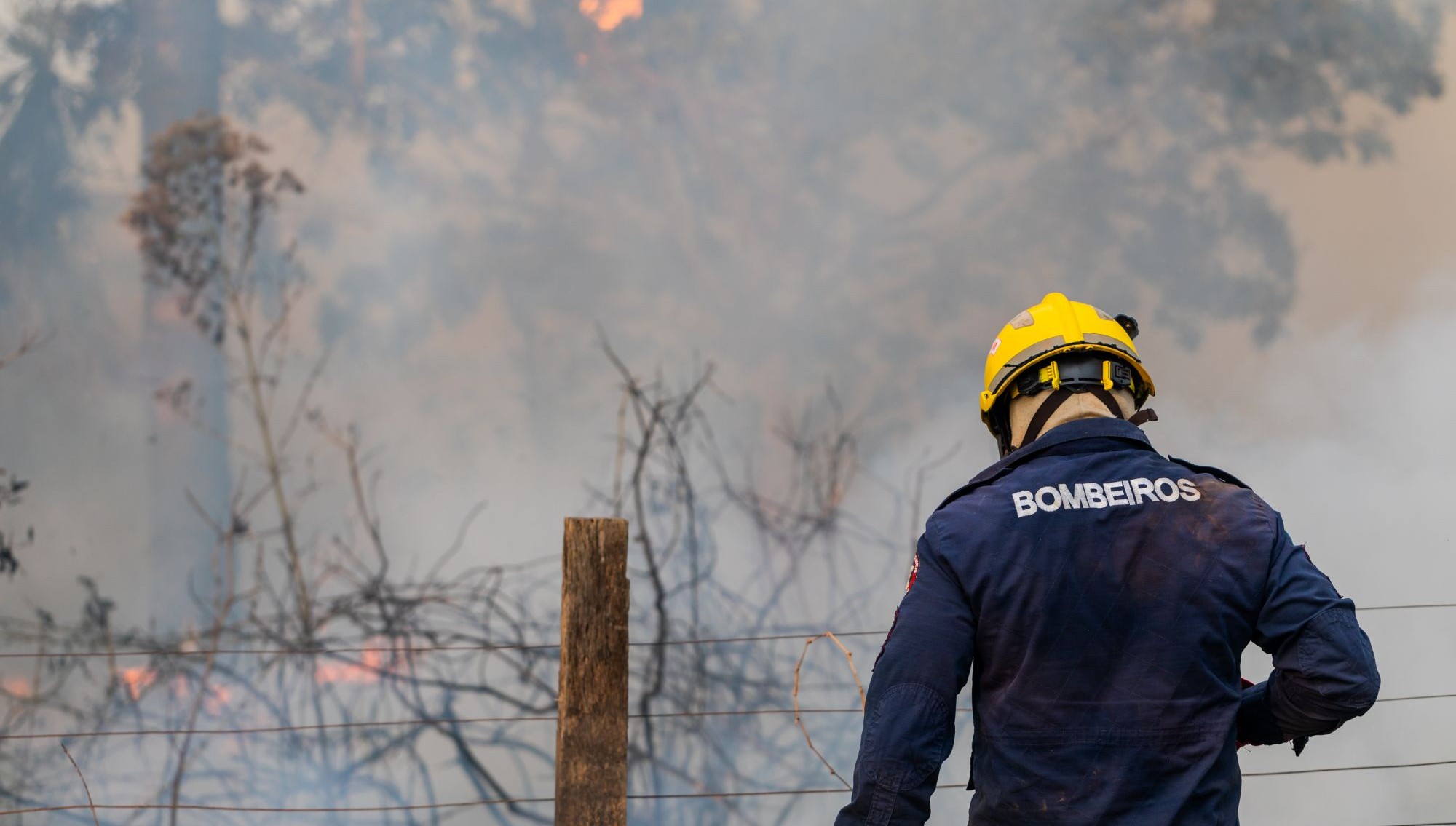
Amazon Response Recap: Arriving in Rio Branco & saving baby animals
This fall, our disaster response team headed to the Amazon in Brazil to protect animals from the dangerous forest fires
The recap below has been shared from the journal of our disaster response team who were on the ground in the Amazon as the fires raged.
September, 2019: As soon as the airplane door opened, the smell of smoke hits us and walking across the tarmac, the gritty, smoky air hangs like a vast blanket, mixing with the still and humid air.
We’re in Rio Branco in Acre State Brazil, following on our assessment just over one week ago. While assessing recent burn areas around Rio Branco, we saw a large palm tree become a towering inferno in about 25 seconds. We’re in the height of the dry season and fires move so fast, they have burned bird’s flight feathers, knocking them out of the air in mid-flight into the flames below.
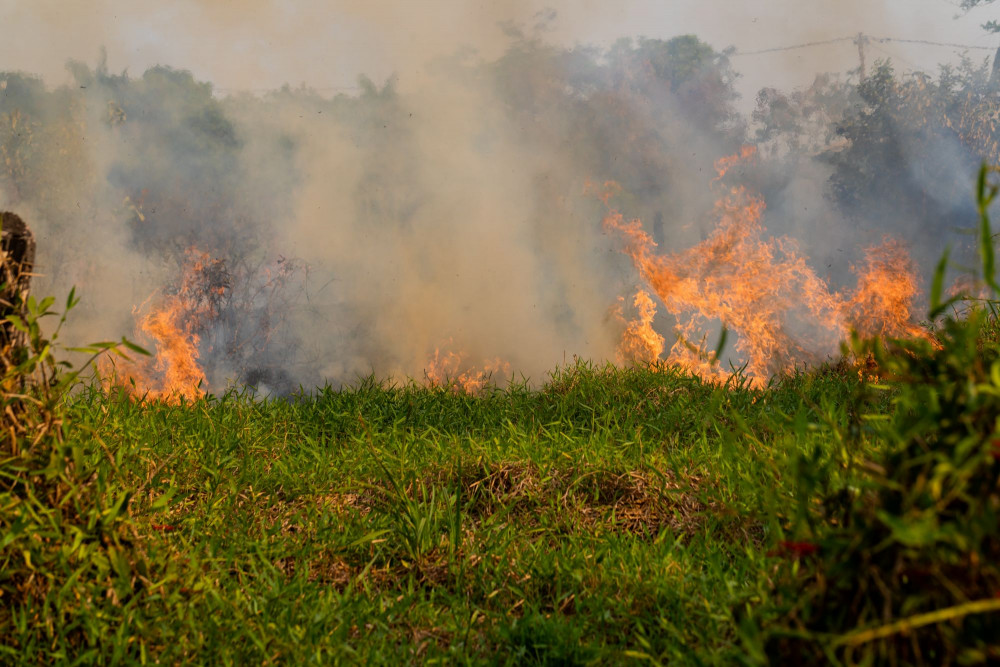
Animals, birds, reptiles and insects flee the flames in a panic but as more of the Amazon burns, they have fewer places to go. We thought the area was burned out but while we were there, at least three new fires began, sending smoke high into the sky while ash fell about us like snow. At one point, a bushy tuft of dried grasses burst into flames and at least a dozen large insects landed on me as they fled.
We’re here to deliver medicine to the state CETAS (animal rescue center), where wild animals are brought after being inured, displaced or confiscated. Some from the fires, but many the victims of deforestation, illegal pet and wildlife trafficking and road accidents. The lucky ones find their way to CETAS, often in the arms of firefighters, police officers or concerned animal lovers.
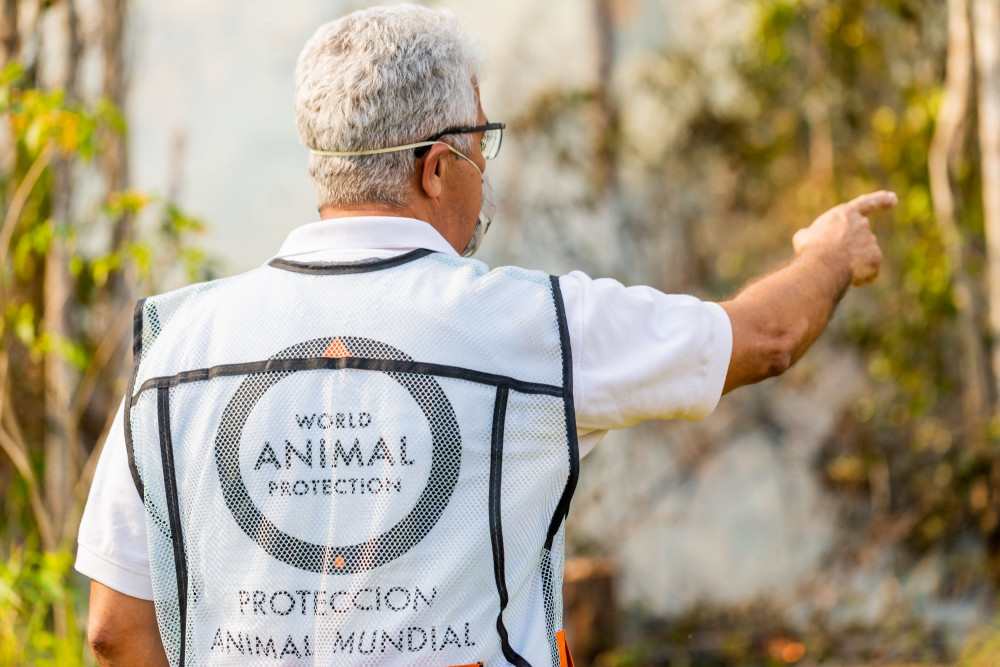
Some of the animals we first encountered upon our arrival in the Amazon, including an owl, were released into a safe area, far from the flames. We had hoped to share the release, but the CETAS staff informed us that these release spots are highly secret as poachers even check social media now to find out where animals are.
Sadly, Acre State is a hotspot for wildlife trafficking and a source of the illegal pet trade so the heroic individuals who care for them take every precaution in the constant battle against traffickers.
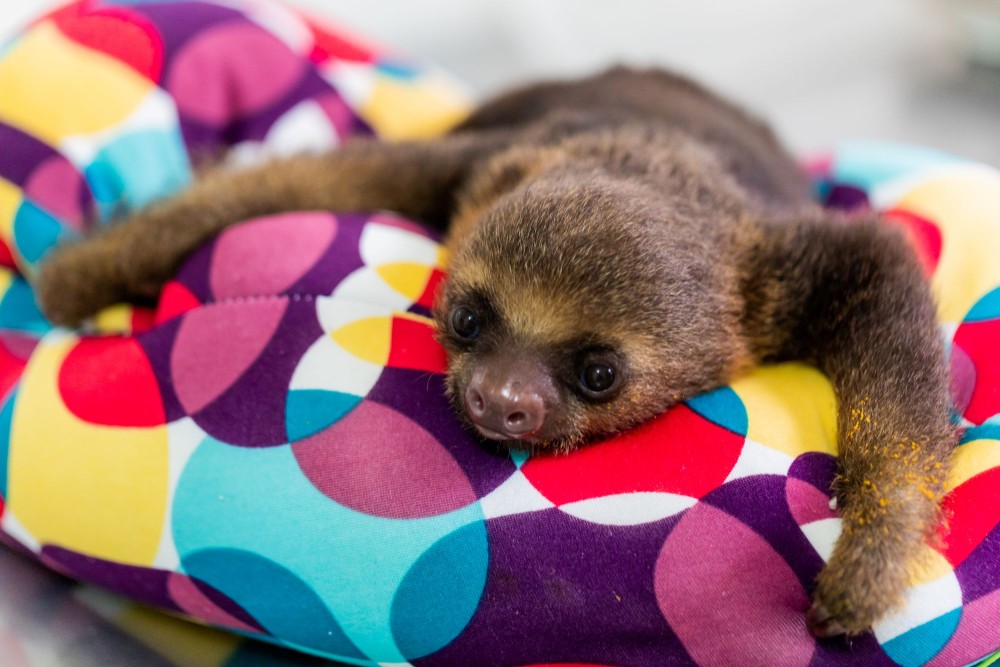
Two baby female sloths brought to CETAS are doing very well, receiving round the clock care as they would from their mothers. The older of the two, Bibi, is about five months old. She’s a bit more independent than Nina, who is estimated to be three months old. Bibi is learning to climb and she’s given branches which she happily grasps onto with her long claws and seems to like nothing more than to hang upside down and eat flowers and fruit given to her by the CETAS team.
Nina is still very much a baby and when Bibi isn’t climbing or hanging upside down, she clings to her as she would have her mother. When Bibi climbs away, Nina grasps onto one of several stuffed animals as she seems to need constant contact and comfort. Normally, a female two-toed sloth would stay with her mother for at least a year, so the plan is to keep them together while they grow, develop their climbing muscles and their overall health, before reintroducing them into the wild.
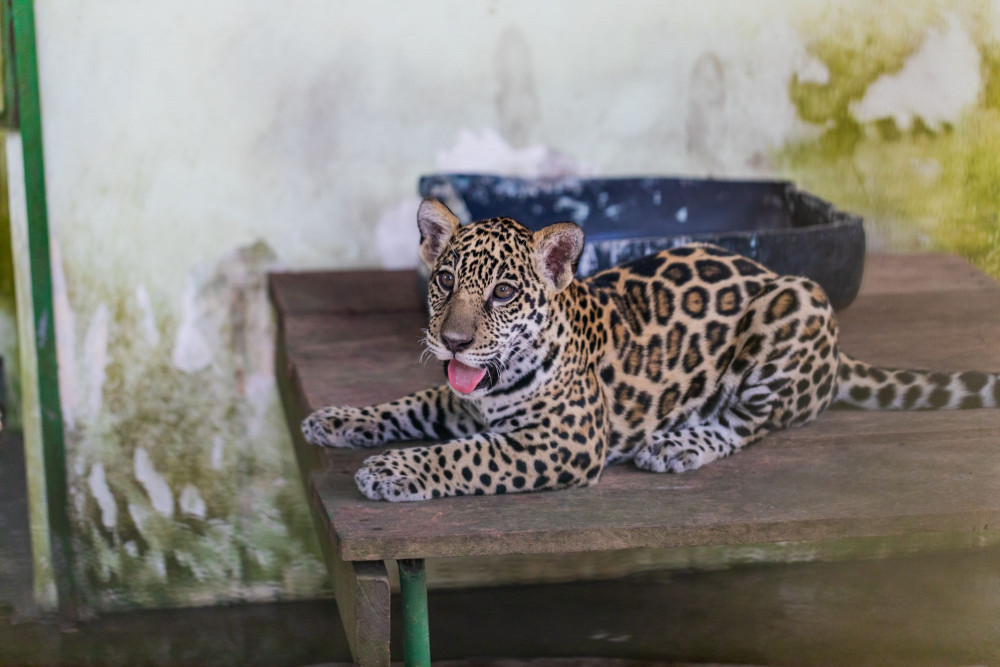
There are many babies at the CETAS, left orphaned by the fires, but also by accidents like when their mothers touch electric wires, are hit by cars or attacked by other animals. They all have stuffed animals to cling to, which made an already sad situation even more poignant. There were many monkeys, birds and even a tapir and a cougar.
Yesterday, a tiny baby male opossum was brought in by firefighters. No larger than a child’s hand, he was obviously too young to be alone. Nearly bald, his fur stood in patchy tufts and he walks unsteadily, stopping frequently and trembling. When the vets picked him up to examine him, he seemed to calm down, reassured by their touch. Like the other orphaned babies, he receives medical treatment, food, water and constant care. They named him “Tom” and say though tiny, he’s doing well considering how young he is.
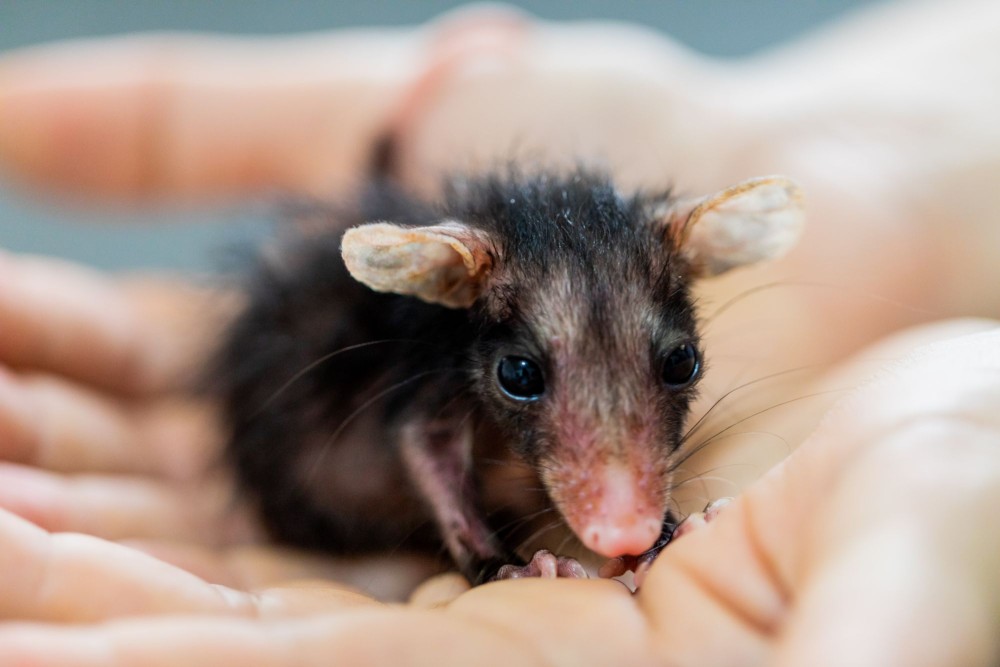
The director of CETAS, Elaine Oliveira, said the medicine we’re providing will help:
“We have an annual forecast of food, medicine and space to attend rescued animals, but when we enter a critical period like the one we are living in we have a higher demand. Today, because of the burns, we are receiving three times more animals that really need treatment and monitoring to be able to rehabilitate. World Animal Protection came to Acre, to know the reality of the Amazon, and has given us very important support with the donation of medicines and other inputs.”
Thanks to your support, some of the millions of animals dying, getting hurt, or losing their homes, have some hope.
Click here to learn more about our disaster response work.


